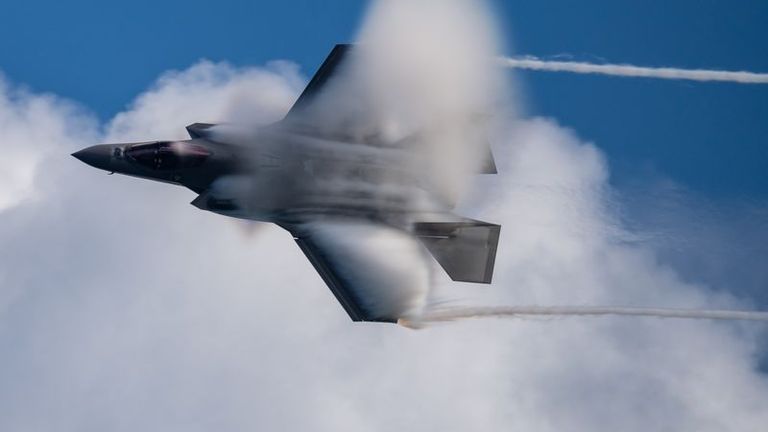On Tuesday, the world's leading defense contractor published half-year results that are pretty much business as usual.

The company operates in a long-cycle industry. In this respect, the war in Ukraine has not necessarily had an impact on Lockheed's results for the time being, since sales grew by "only" 2.6% compared with the first half of the previous year.
Net income did rise from $2 billion then to $3.3 billion at June 30, 2023, but this increase was essentially due to the pension plan, which, thanks to the rise in interest rates, produced a profit rather than a loss. It's not operational, but it's still very good news.
The order book, on the other hand, increased significantly over the half-year, with $8 billion in new contracts, two-thirds of which were attributed to the missiles and precision instruments segment: if there's one direct beneficiary of current events, it's of course this one.
It's hard to imagine a safer business than supplying America with military equipment: Business volumes are virtually guaranteed, and the profitability of operations is ardently encouraged by a federal government that sees this as a way of ensuring its manufacturers' ability to finance cutting-edge R&D.
Lockheed has totally consolidated its industry over the last two decades, particularly in aeronautics. Its domination is therefore overwhelming, and its competitive position unassailable.
More than just America, the whole of NATO buys from Lockheed. As a result, the Group's sales have remained more or less constant over the past five years, since the launch of the F-35. This year, it is forecasting earnings per share of $27, which at $455 values it at x17 earnings.
For the past ten years, once the rounds of consolidation have been largely completed, Lockheed's profits have been returned in full to its shareholders. The latter have benefited from this, as evidenced by a stock market valuation that has tripled over the period, alongside a constantly rising dividend payout.
Ten years ago, around 2012-2023, the defense industry was going through a cyclical low, and the group's shares - like those of its peers Raytheon and General Dynamics - were trading at x8 earnings only.
Three years later, on a completely different note, Apple shares were trading at x8 earnings. Why this strange parallel? Because in both cases, these growing groups with unassailable competitive advantages, returning all their profits to shareholders, were valued at a single-digit multiple of their profits.
We know what has happened since, and this reminds us of one thing: when such opportunities - such obvious ones - present themselves, you need to have the presence of mind to seize them; this requires neither expertise nor special talent; just an alert temperament, and a long-term orientation.
No comments:
Post a Comment
Note: Only a member of this blog may post a comment.